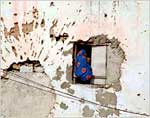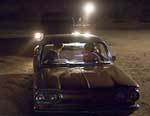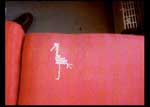NYT:
In Collinsville, Ill., Daniel Burrus scrolled through digital photographs of bloodied faces as he described how, on a crew he helped manage for several years, men who missed their sales quota were forced to fight each other.
In Flagstaff, Ariz., Isaac James sat with his wife and newborn daughter as he told how he and others on his mag crew — as they are typically called — stole checkbooks, jewelry, medicine-cabinet drugs and even shoes from customers’ homes.
Last October, Jonathan Gagney joined a mag crew to escape the “crack scene” back home in Marlborough, N.H. But one night last month, he called this reporter from a bus station in St. Petersburg, Fla., to say he had just sneaked away from his motel to run away from his crew.
“All I know is this guy got beaten and there was blood all over the motel wall,” Mr. Gagney said, his voice shaking.
Here.






















